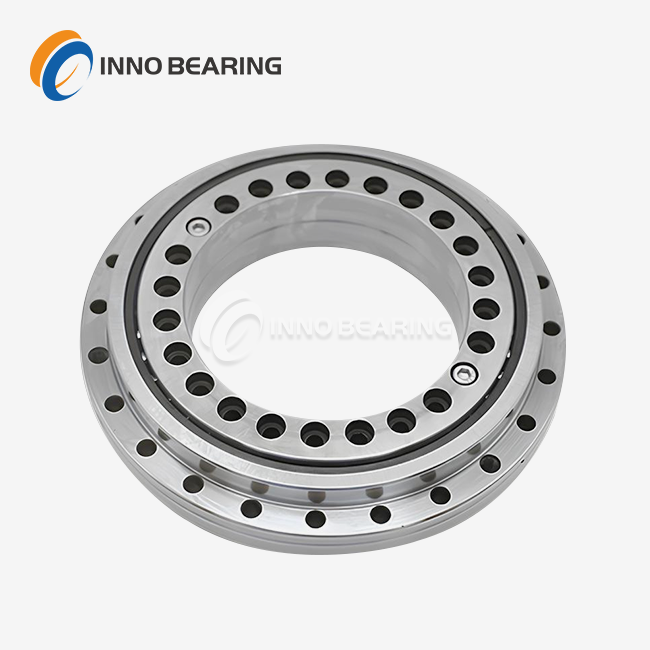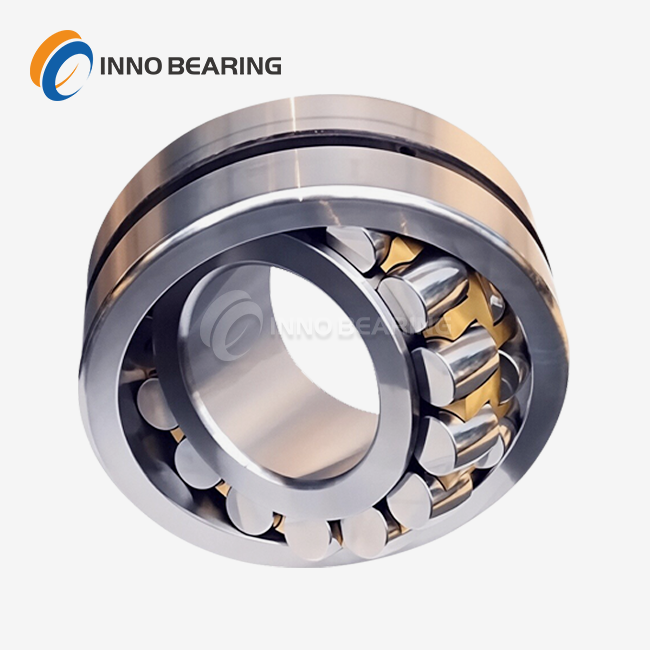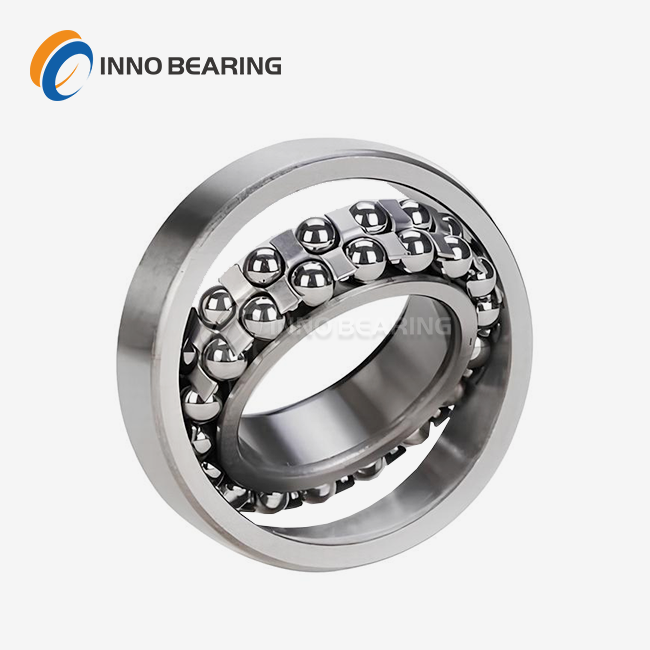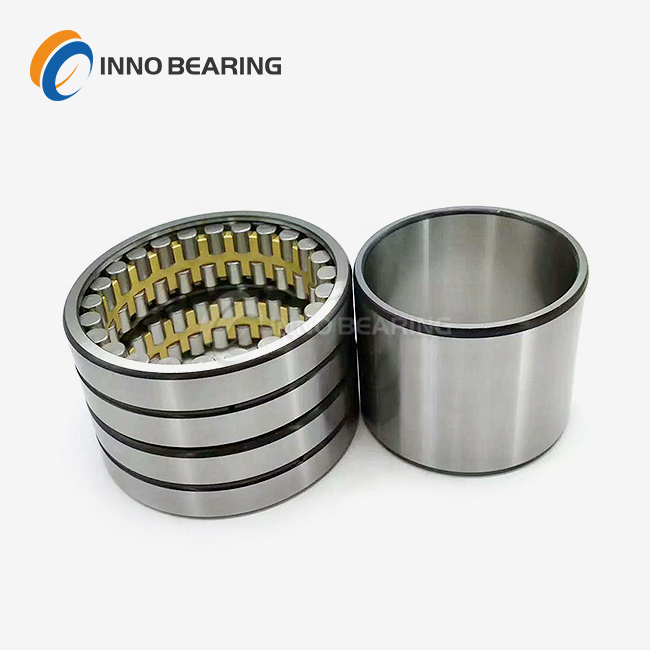- English
- French
- German
- Portuguese
- Spanish
- Russian
- Japanese
- Korean
- Arabic
- Greek
- German
- Turkish
- Italian
- Danish
- Romanian
- Indonesian
- Czech
- Afrikaans
- Swedish
- Polish
- Basque
- Catalan
- Esperanto
- Hindi
- Lao
- Albanian
- Amharic
- Armenian
- Azerbaijani
- Belarusian
- Bengali
- Bosnian
- Bulgarian
- Cebuano
- Chichewa
- Corsican
- Croatian
- Dutch
- Estonian
- Filipino
- Finnish
- Frisian
- Galician
- Georgian
- Gujarati
- Haitian
- Hausa
- Hawaiian
- Hebrew
- Hmong
- Hungarian
- Icelandic
- Igbo
- Javanese
- Kannada
- Kazakh
- Khmer
- Kurdish
- Kyrgyz
- Latin
- Latvian
- Lithuanian
- Luxembou..
- Macedonian
- Malagasy
- Malay
- Malayalam
- Maltese
- Maori
- Marathi
- Mongolian
- Burmese
- Nepali
- Norwegian
- Pashto
- Persian
- Punjabi
- Serbian
- Sesotho
- Sinhala
- Slovak
- Slovenian
- Somali
- Samoan
- Scots Gaelic
- Shona
- Sindhi
- Sundanese
- Swahili
- Tajik
- Tamil
- Telugu
- Thai
- Ukrainian
- Urdu
- Uzbek
- Vietnamese
- Welsh
- Xhosa
- Yiddish
- Yoruba
- Zulu
What are Turntable Bearings?
Massive structures such as cranes, radar antennas, and industrial turntables achieve smooth and precise rotation through the use of highly engineered components known as turntable bearings. Also referred to as slewing bearings or slewing rings, these are not merely simple metal rings but advanced, large-diameter bearings designed to withstand heavy axial (vertical), radial (horizontal), and tilting moment loads simultaneously. At their core, turntable bearings enable 360-degree flexible slewing for a wide range of equipment. Their annular shape and robust internal structure make them an essential foundation for applications requiring both high load capacity and seamless rotational movement.
Decoding the Anatomy of Turntable Bearings
The Core Structure: Rings, Rollers, and Resilience
A turntable bearing is fundamentally composed of an inner ring and an outer ring, creating the distinctive annular shape. One of these rings typically has integrated gear teeth for a drive mechanism, while the other is designed for mounting to a stable base. These rings are not simple bands of steel; they are substantial, thick-walled components often crafted from high-strength 50Mn steel. In some designs, one of the rings may be split, a feature that significantly eases installation in complex or constrained assemblies. Between these two rings lie the rolling elements - either single or double rows of steel balls or cylindrical rollers. This arrangement is what facilitates the low-friction rotation and distributes the massive loads evenly across the bearing. The choice between balls and rollers, and single or double rows, depends entirely on the specific load requirements of the application.
Materials Matter: The Foundation of Performance
The performance of turntable bearings is directly linked to the quality of the materials used in their construction. Each material is selected for a specific purpose, ensuring the bearing can withstand harsh operational demands.
- Inner and Outer Rings: The rings are typically forged from 50Mn steel, which offers a great balance of toughness and wear resistance. For applications requiring even greater strength and the ability to handle extreme loads, 42CrMo, an alloy steel, is used. This material can be heat-treated to achieve superior hardness and durability.
- Rolling Elements: The steel balls or rollers are the heart of the bearing's motion. They are made from GCr15 bearing steel, a high-carbon chromium steel known for its exceptional hardness and fatigue resistance. For equipment exposed to heavy impacts or shock loads, an optional material like GCr15SiMn can be specified to provide enhanced impact resistance.
- Seals: Protecting the internal components is crucial. Seals made from nitrile rubber provide excellent protection against dust, debris, and moisture in most standard operating conditions. For environments with high temperatures or exposure to oils and chemicals, fluororubber seals are the superior choice, offering enhanced resistance and a longer service life.
Precision in Every Detail: Seals, Surfaces, and Sizing
Excellence in turntable bearings comes down to the details. Integrated dust-proof seals are not just an add-on; they are a critical feature that prevents contaminants from entering the raceways, which could otherwise lead to premature wear and failure. Just as important is the precision of the mounting surfaces. These surfaces are meticulously ground to a flatness of ≤0.1mm/m. This extreme level of precision ensures that when the bearing is installed, it sits perfectly flush against its support structure, preventing internal stress and guaranteeing smooth, stable rotation. To aid in accurate alignment during installation, some turntable bearings are also equipped with locating pin holes. These components are available in a vast size range, with outer ring diameters from 200mm up to an immense 5000mm and heights from 20mm to 180mm, accommodating a truly diverse scale of machinery.
The Functional Versatility of Slewing Ring Bearings
Supporting Complex Loads with Ease
A standard radial bearing is designed primarily to handle loads perpendicular to its axis. An axial bearing handles loads parallel to its axis. A turntable bearing does both, and more. Its true strength lies in its ability to simultaneously support heavy axial and radial loads, along with powerful tilting moment loads. A tilting moment is a rotational force that tries to tip the bearing over, a common occurrence in equipment with a high center of gravity or a long reach, such as a crane boom or a large robotic arm. By accommodating all three types of loads within a single, compact unit, turntable bearings eliminate the need for more complex and bulky multi-bearing systems, simplifying machine design and enhancing overall stability.
A Spectrum of Applications: From Machine Tools to Radar
The robust capabilities of turntable bearings make them suitable for a wide array of demanding fields. Their application is a testament to their adaptability and reliability.
- Machine Tool Turntables: In large vertical lathes and milling machines, these bearings provide the rigidity and rotational precision necessary for high-accuracy machining of heavy workpieces.
- Radar Turntables: For defense and weather systems, radar antennas must rotate smoothly and continuously. Turntable bearings deliver this consistent motion while being robust enough to withstand wind loads and harsh environmental conditions.
- Exhibition Display Equipment: Large, rotating display stands in museums, trade shows, and retail environments rely on the quiet, smooth operation of turntable bearings to create an engaging visual experience.
- Heavy Logistics Turntables: In manufacturing plants and distribution centers, these bearings enable massive turntables to rotate heavy loads like vehicles or large assemblies, streamlining production and logistics flows.
Choosing the Right Grade: Light, Medium, and Heavy Duty
Turntable bearings are not a one-size-fits-all solution. They are categorized into light, medium, and heavy load-bearing grades to match the specific demands of an application.
- Light-duty bearings are ideal for applications like display stands or light automation, where loads are moderate and smooth motion is the primary concern.
- Medium-duty bearings offer a balance of load capacity and performance, making them suitable for a wide range of industrial equipment, including smaller cranes and manipulators.
- Heavy-duty bearings are engineered for the most demanding jobs. Found in large excavators, wind turbines, and heavy-duty cranes, they are built to withstand immense forces and provide unwavering reliability in critical operations. Selecting the correct grade is essential for ensuring both operational safety and a long service life.
Ensuring Longevity and Performance: Inspection and Customization
Key Inspection Items for Optimal Function
Rigorous quality control is what separates a world-class bearing from an average one. For turntable bearings, several key inspection items provide insight into manufacturing quality and expected performance. The flatness of the turntable and its mounting surface is paramount. Any deviation can induce stress within the bearing, leading to uneven wear and a drastically reduced lifespan. Another critical indicator is the running noise of the rolling elements. A quiet, smooth hum signifies clean raceways, proper lubrication, and precise manufacturing. Conversely, grinding or rattling noises can point to internal contamination, damage, or poor geometry. These inspection points are not just for the factory; they are important checks to perform during installation and routine maintenance.
The Power of Customization for Unique Challenges
While a wide range of standard sizes exists, many of today's most innovative machines present unique challenges that off-the-shelf components cannot solve. This is where the power of customization comes into play. You may require a bearing with non-standard dimensions to fit a compact design, a unique mounting hole pattern, or integrated features like internal or external gear teeth for a direct drive connection. Material selection can be customized for extreme temperatures, corrosive environments, or specific load cycles. A knowledgeable bearing partner can work with your design team to engineer a completely bespoke solution, from specialized sealing arrangements to unique internal geometries, ensuring your equipment achieves peak performance and reliability.
Installation and Maintenance Considerations
Proper installation and maintenance are fundamental to achieving the full design life of a turntable bearing. The process begins with ensuring the mounting structure is perfectly clean, rigid, and machined to the required flatness. During installation, bolts must be tightened in a specific sequence and to the correct torque value to apply even clamping pressure and prevent distortion of the bearing rings. Once in operation, a consistent maintenance schedule is vital. This includes periodic re-lubrication to replenish the grease in the raceways and on any gearing, as well as regular inspection of the seals for signs of wear or damage. A proactive approach to maintenance prevents minor issues from escalating into major failures.
Conclusion
Turntable bearings are far more than simple rotating parts; they are critical enablers of modern technology. By expertly managing immense and complex loads while providing fluid 360-degree rotation, they form the functional core of everything from towering construction cranes to high-precision medical scanners. Their sophisticated design, robust materials, and precision manufacturing make them a testament to engineering excellence. Understanding their structure, applications, and quality benchmarks is the first step toward integrating these powerful components effectively. The right slewing ring bearing not only ensures the performance and stability of your equipment but also enhances its safety, longevity, and overall value, making it a pivotal decision in any advanced mechanical design.
FAQs
What is the main difference between a turntable bearing and a standard ball bearing?
Turntable bearings handle axial, radial, and tilting loads simultaneously, unlike standard ball bearings that mainly support radial loads.
How do I know if I need a custom turntable bearing for my project?
Choose a custom bearing if your project requires special sizes, materials, mounting, or integrated gearing beyond standard options.
Can turntable bearings be repaired?
Yes. Damaged turntable bearings can be reconditioned through cleaning, re-grinding, and seal replacement to restore performance.
Why Choose INNO Bearing for Your Turntable Bearings Supplier?
With nearly 30 years of industry experience, Luoyang INNO Bearing Co., Ltd. is a leading turntable bearing manufacturer and supplier specializing in large-scale and non-standard solutions up to φ5000mm. As a dedicated factory integrating R&D, design, and production, we deliver high-precision, reliable turntable bearings tailored to your exact specifications. Whether you need a custom design, import substitution, or full-scenario technical support, our team is ready to assist. Contact us to discuss your project requirements at: sales@inno-bearing.com.
References
Harris, Tedric A., and Kotzalas, Michael N. Rolling Bearing Analysis: Advanced Concepts of Bearing Technology, 5th Edition.
Machinery's Handbook, 31st Edition. Industrial Press.
Avallone, Eugene A., Baumeister III, Theodore, and Sadegh, Ali M. Marks' Standard Handbook for Mechanical Engineers, 12th Edition.
Budynas, Richard G., and Nisbett, J. Keith. Shigley's Mechanical Engineering Design, 11th Edition.
International Organization for Standardization. ISO 281:2007 Rolling bearings -- Dynamic load ratings and rating life.
American Society of Mechanical Engineers. ASME B46.1-2019: Surface Texture (Surface Roughness, Waviness, and Lay).
Learn about our latest products and discounts through SMS or email




